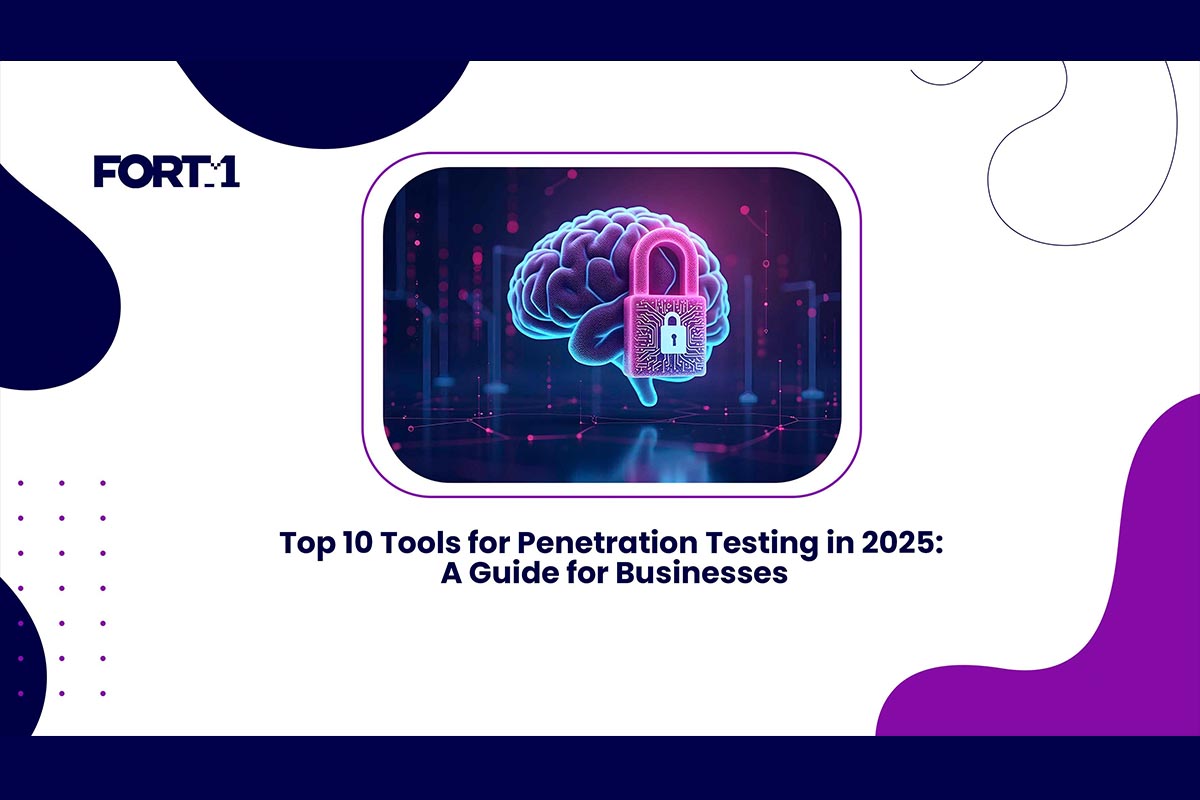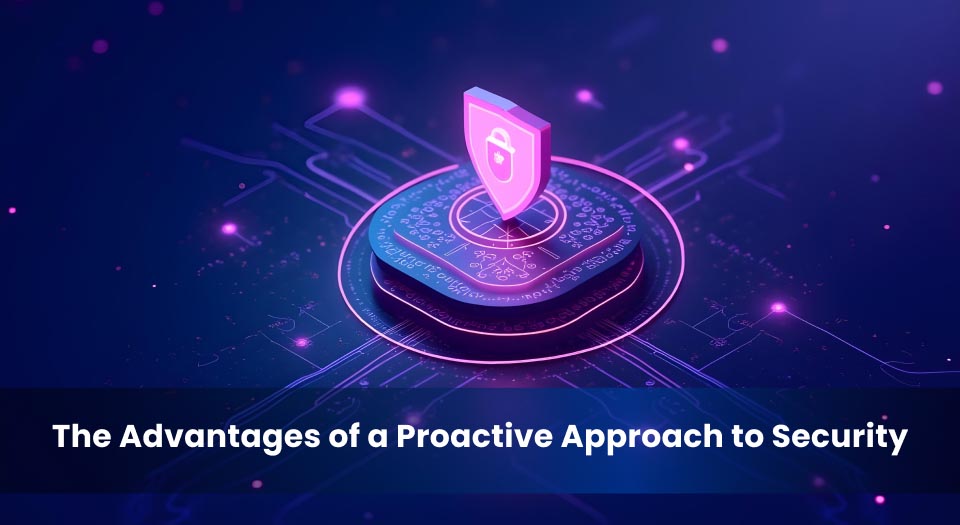




Penetration testing, often referred to as ethical hacking, has become a cornerstone of modern cybersecurity strategies. As cyber threats continue to grow in complexity and volume, businesses must adopt proactive measures to identify vulnerabilities in their systems before malicious actors exploit them. In 2025, the global cost of cybercrime is projected to exceed USD 10 trillion annually, underscoring the critical need for robust cybersecurity measures.
Penetration testing tools empower organisations to simulate cyberattacks, exposing weaknesses in applications, networks, and systems. These insights enable businesses to implement targeted defences and strengthen their overall security posture. Importantly, businesses operating in regulated industries, such as finance and healthcare, face stringent cybersecurity requirements, including mandatory penetration testing. Compliance with standards such as the Australian Cyber Security Centre’s (ACSC) guidelines is essential to mitigate risks and avoid severe penalties.
In 2025, the landscape of penetration testing is rapidly evolving, with cutting-edge tools integrating artificial intelligence and automation to address increasingly sophisticated threats. For organisations, leveraging these advanced tools is not merely an option but a necessity to remain resilient against adversaries. A well-structured penetration testing process ensures that businesses can anticipate and counteract potential security breaches effectively.
Selecting the right penetration testing tools requires careful consideration of their features and compatibility with an organisation’s needs. Businesses should prioritise tools that integrate artificial intelligence for enhanced threat detection and automation to streamline testing workflows. Scalability is essential for handling complex environments, ensuring the tool remains effective as the organisation grows. Additionally, ease of use, including intuitive interfaces and clear reporting, is crucial for efficient implementation by teams with varying expertise levels.
Cost-effectiveness is another key criterion, encompassing not only upfront pricing but also licensing models that align with long-term budgets. Tools offering flexible deployment options—whether on-premises or cloud-based—provide businesses with the versatility needed to adapt to different operational environments. Finally, compatibility with regulatory requirements, such as those outlined by the Australian Cyber Security Centre (ACSC), ensures the tool supports compliance efforts.
| Feature | Tool A | Tool B | Tool C |
|---|---|---|---|
| AI Integration | Yes | No | Yes |
| Automation | High | Moderate | High |
| Scalability | Enterprise-level | SMEs only | Enterprise-level |
| Ease of Use | Excellent | Good | Very Good |
| Pricing | $$ | $ | $$$ |
This structured comparison allows organisations to identify tools that best meet their specific needs, balancing functionality, usability, and cost.
In 2025, businesses must prioritise specific features when evaluating penetration testing tools to ensure they align with modern cybersecurity needs. Effective tools should integrate cutting-edge technologies and provide comprehensive functionality to address evolving threats.
When selecting a penetration testing tool, consider deployment options (on-premises vs cloud-based), cost-effectiveness, and compatibility with existing systems. These factors ensure the tool meets operational and financial requirements.
| Feature | Description | Benefit |
|---|---|---|
| AI-Driven Capabilities | Automates vulnerability detection and reduces false positives. | Improves accuracy and efficiency. |
| Automation | Streamlines repetitive tasks such as scanning and reporting. | Reduces manual workload. |
| Scalability | Supports complex and growing infrastructures. | Ensures tool adaptability as business needs evolve. |
| Compliance Reporting | Provides templates aligned with global and local regulations. | Facilitates regulatory compliance and audit readiness. |
By focusing on these critical functionalities, organisations can ensure that their chosen tools not only meet current security needs but also prepare them for future challenges.
Penetration testing tools serve diverse purposes, tailored to specific use cases within the cybersecurity domain. Understanding their classifications can help businesses identify tools that best meet their unique security requirements.
These tools focus on identifying weaknesses in network infrastructures, such as firewalls, routers, and endpoint devices. They are essential for detecting unauthorised access points and misconfigurations that could expose systems to potential breaches. Examples include tools with features for extensive network mapping and packet analysis.
Web applications are frequent targets for cyberattacks, making tools in this category crucial. They specialise in uncovering vulnerabilities such as SQL injection, cross-site scripting (XSS), and insecure APIs. Advanced tools also simulate real-world attack scenarios to ensure robust protection.
AI-enabled tools bring advanced automation and precision to penetration testing. They analyse large volumes of data quickly, detecting sophisticated threats and reducing false positives. These platforms are ideal for businesses that require highly adaptive and intelligent solutions to counter evolving cyber risks.
Open-source tools are cost-effective options for organisations with skilled in-house teams. These tools are often highly customisable and regularly updated by active communities, ensuring they remain relevant for tackling new security challenges.
Cloud environments require specialised tools to address unique vulnerabilities such as misconfigurations, unauthorised access, and data leakage. These tools are indispensable for businesses that rely on cloud-based services to store sensitive data or operate critical applications.
This classification framework equips businesses with a clear understanding of penetration testing tools, enabling them to select solutions tailored to their specific operational and security needs.

The adoption of advanced penetration testing tools provides organisations with a significant advantage in safeguarding their digital infrastructure. These tools go beyond traditional security measures, delivering enhanced protection, operational efficiency, and compliance support.
Advanced tools enable businesses to identify and address vulnerabilities proactively. By simulating real-world attack scenarios, these tools uncover weaknesses that may otherwise go unnoticed, reducing the risk of breaches and data loss.
Automated penetration testing reduces the need for extensive manual intervention, minimising operational costs. Early detection of vulnerabilities also prevents costly incidents such as ransomware attacks or regulatory fines, offering long-term financial benefits.
With stringent regulations such as GDPR and the Australian Cyber Security Centre’s (ACSC) guidelines, businesses must demonstrate robust security measures. Many tools include pre-configured templates and reporting features to simplify compliance and audit preparation.
These tools streamline the penetration testing process, freeing up security teams to focus on high-priority tasks. Additionally, they provide actionable insights, enabling faster response times to potential threats and improving overall incident management capabilities.
By leveraging advanced penetration testing tools, organisations not only bolster their cybersecurity posture but also position themselves as resilient and compliant entities in an increasingly threat-laden landscape.
Selecting the most suitable penetration testing tool requires a structured approach to ensure it aligns with your organisation’s unique requirements. Follow this step-by-step guide to make an informed decision:
Start by evaluating your organisation’s size, industry, and primary security concerns. For instance, small to medium-sized enterprises (SMEs) may prioritise cost-effective tools, while large enterprises might require advanced features like scalability and integration with existing systems.
Identify the specific areas where penetration testing is required, such as network security, web applications, or cloud environments. Choose a tool that specialises in the relevant domain to maximise effectiveness.
For Australian businesses, regulatory compliance is a critical factor. Ensure the tool offers features such as pre-configured compliance reporting for standards like GDPR or the Australian Cyber Security Centre’s (ACSC) guidelines.
Focus on essential functionalities such as automation, AI-driven capabilities, and user-friendly interfaces. Tools that provide detailed reporting and integration with security frameworks can significantly streamline workflows.
Leverage free trials or demo versions to test the tool’s capabilities. Gather feedback from your security team to assess usability and overall effectiveness.
In the ever-evolving landscape of cybersecurity, relying solely on tools may not provide the comprehensive protection your organisation requires. Professional penetration testing services, backed by expert insights and tailored methodologies, offer unparalleled depth and precision in identifying and addressing vulnerabilities.
At Fort1, we understand that every business faces unique challenges. Our team of experienced cybersecurity professionals employs cutting-edge technologies and industry best practices to simulate sophisticated attack scenarios. This approach ensures that your organisation’s digital infrastructure is fortified against even the most advanced threats. From uncovering hidden vulnerabilities to providing actionable remediation strategies, our services are designed to enhance your security posture and align with compliance requirements, such as those outlined by the Australian Cyber Security Centre (ACSC).
Partnering with Fort1 means gaining access to a bespoke penetration testing service that not only safeguards your assets but also provides peace of mind. Secure your organisation’s future today by exploring how our services can help you achieve a robust cybersecurity strategy.

Fort1 provides comprehensive cybersecurity solutions tailored to protect your business from evolving digital threats. With expertise in penetration testing, dark web monitoring, and managed detection services, we empower organisations to stay secure and resilient in the face of modern cyber challenges.
Copyright @2024 Fort1. All Rights Reserved by Fort1.